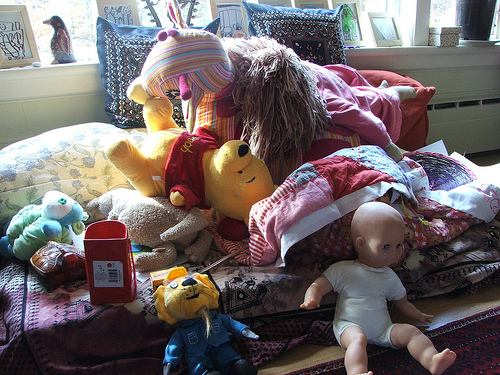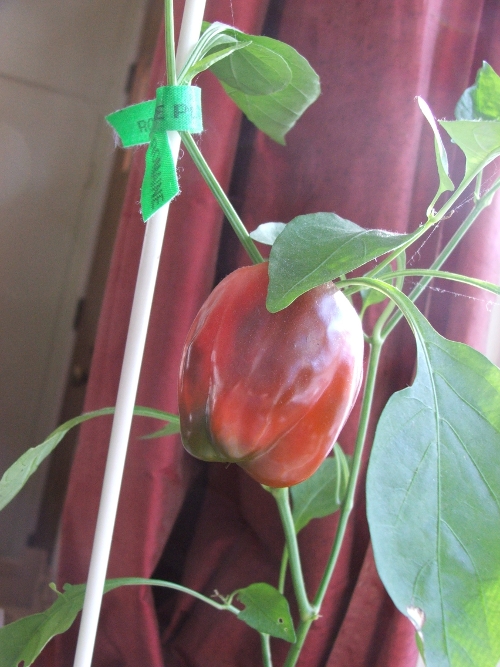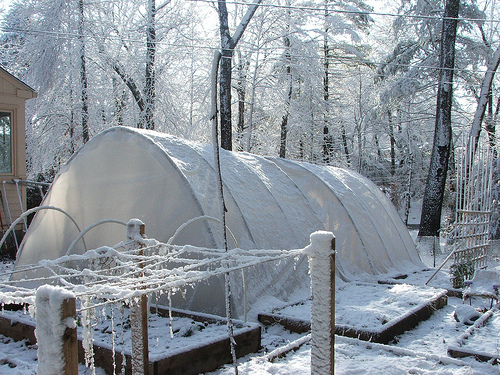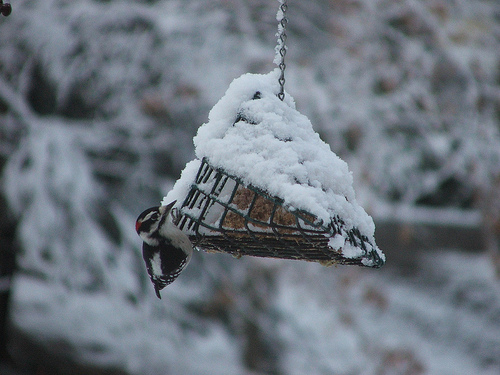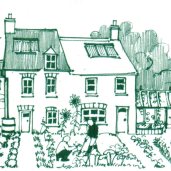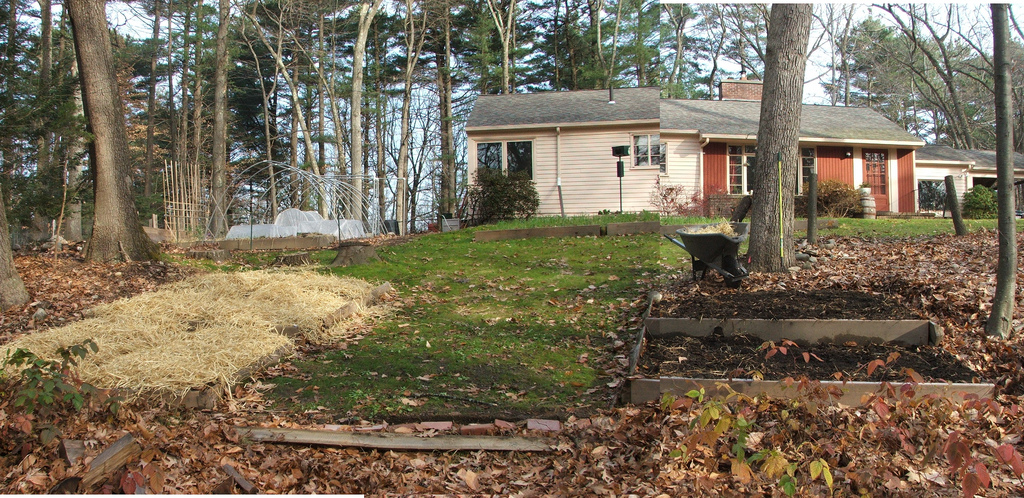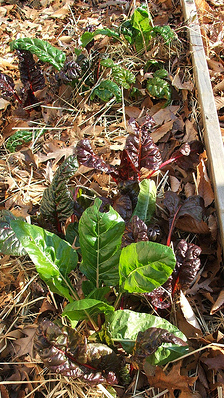Amie’s idea of cleaning up
As I was vacuuming I deplored (again) how often the work of a homemaker is lost. It is lost when half an hour later the flour gets spilled and a day later the dust bunnies are convening under the sofa again. It is lost when the dishwasher is full – or empty – again. It is lost when we step into the made bed, put on a clean sweater, finish the meal… And it is lost all over again when at the end of the day I tell myself:
“I didn’t get anything done again!”
Usually the latter refers to the work on my novel and my garden. I clearly don’t reckon all that invisible work that doesn’t get paid, or appreciated even by the one who does it.
But I feel I want to mark it. It is a large part of my life, after all. I played with the idea of recording it in the blog, but how monotonous that would be, for reader and writer alike! Monotony – doing the same thing, over and over again – is the essence of this work, after all, no matter the tunes we dance and sing to.
So once in a while I write it down in my handwritten journal. Recently:
Woke up, got myself and Amie dressed. Breakfast. Dropped off Amie at preschool. Cleared breakfast table. Made beds. Dusted furniture. Vacuumed whole house. Emptied dishwasher. Filled dishwasher. Handwashed big pots and pans. Wiped stove and kitchen counters. Picked up Amie. Prepared and ate lunch. Cleared table. Emptied dishwasher. Filled (laundry) washer, ran it, emptied it. Hung laundry to dry. Moved some of the woodpile. Refilled wood basket. Snack time. Played “Max” ten times. Prepared dinner, set table, ate. Cleared table. Put leftovers away. Soaked beans and split peas for soup tomorrow. Dishes. Got Amie ready for bed. Read story and stay with her until she’s asleep. Cup of tea and write this. Got nothing done today!
I can only imagine how much less I would get done if I also had to drive my child(ren) to extracurricular activities, and/or if I had to get to the gym and hairdresser and…
But of course that wasn’t all of my day. For instance, I played “Max” ten times because Amie insisted we get all the animals home safe, and I got to spend most of that time marveling at my daughter’s efforts to reconcile the lives of the chipmunk, the squirrel and the mouse (and their babies, waiting for them in the tree) with the hunger of Max, who would get sick if he only had treats and got nothing wild to eat, and maybe the mouse was worth sacrificing because it has only one baby, whereas the bird has three…
Still, at the end of it, that’s how my day felt. The journal entry may not be a statement of (all) the facts, but of the feeling of accomplishment, which was zilch. In that sense it is a true entry. And in that sense, it has to be recorded, once in a while.
